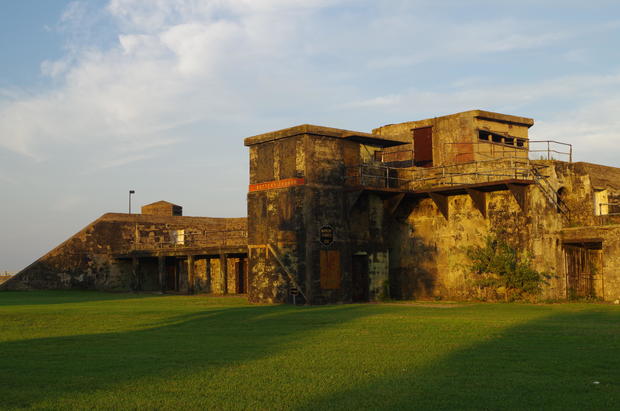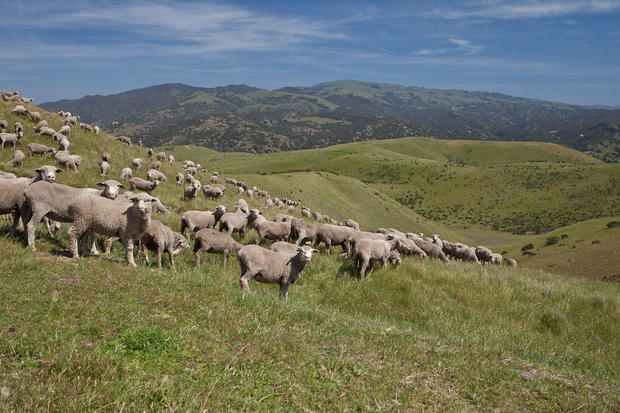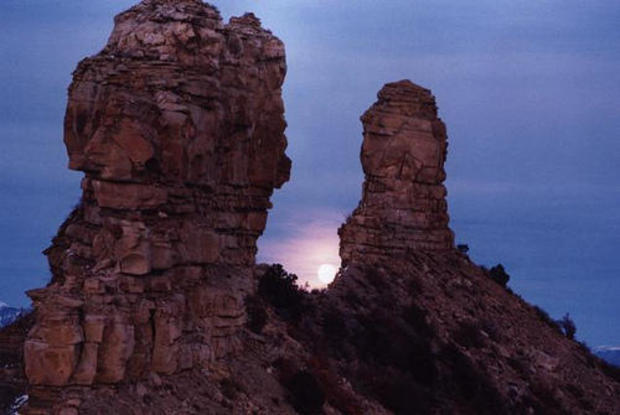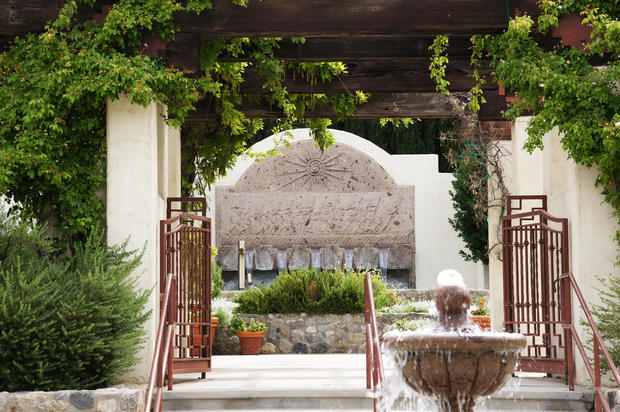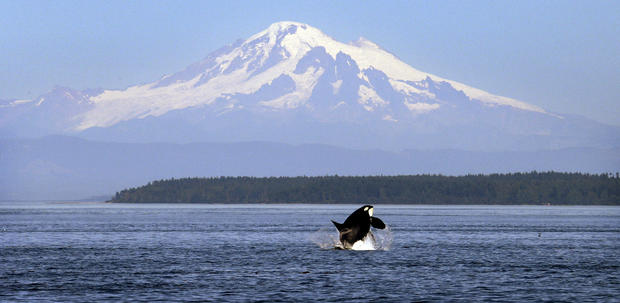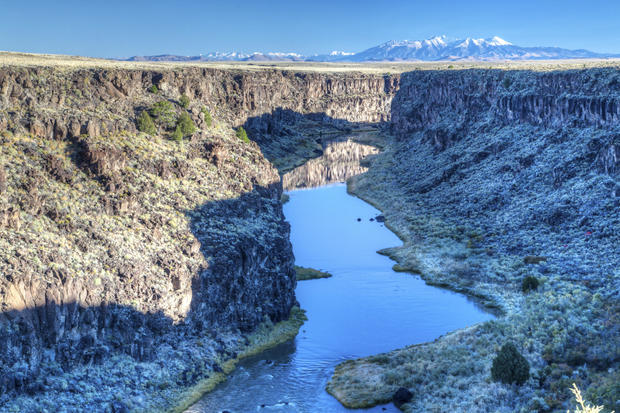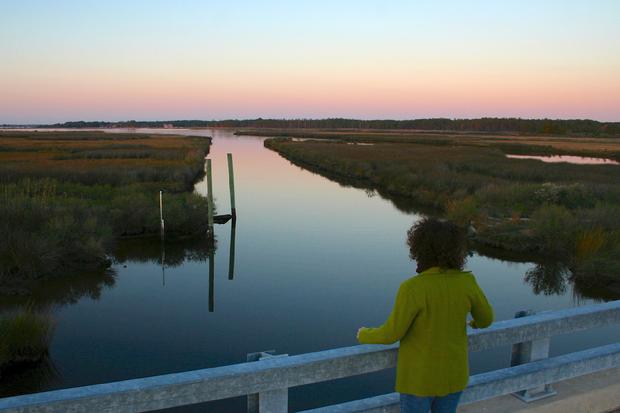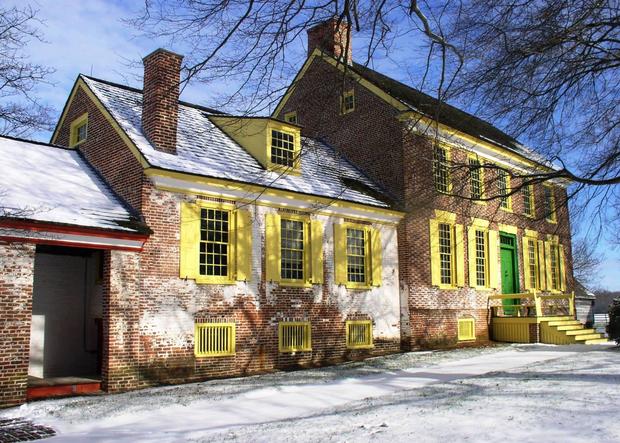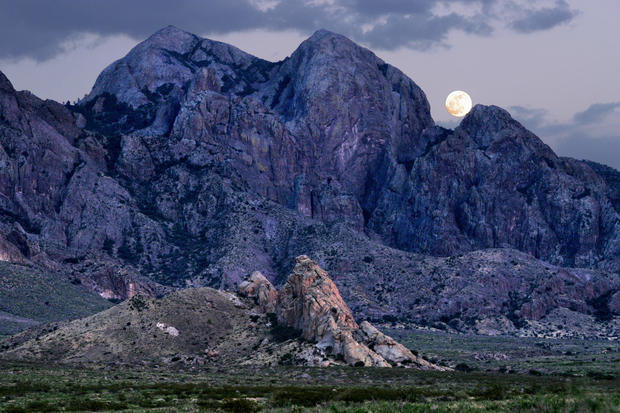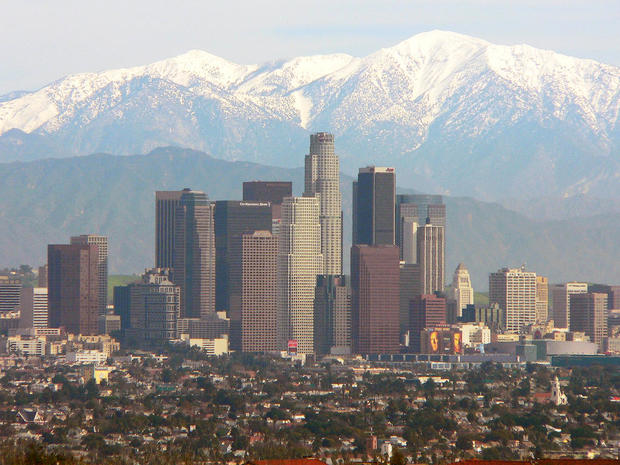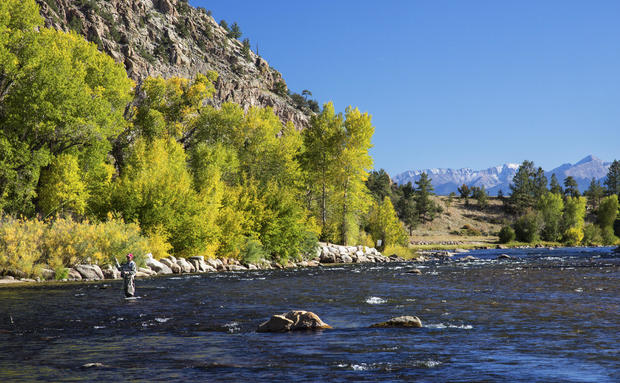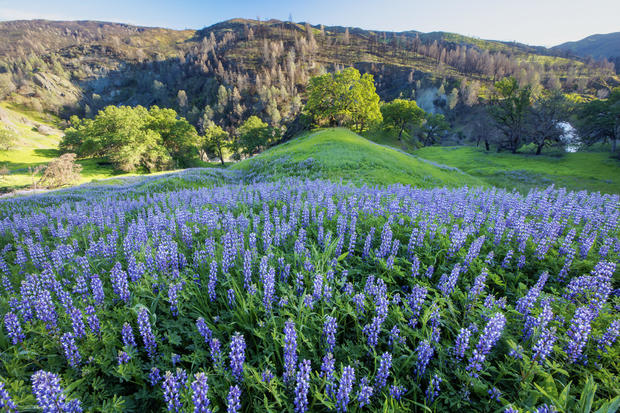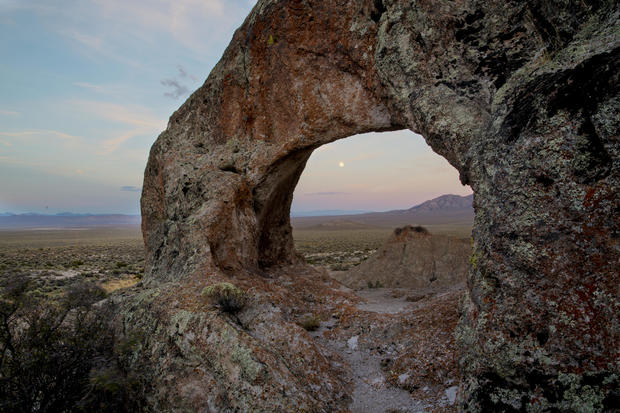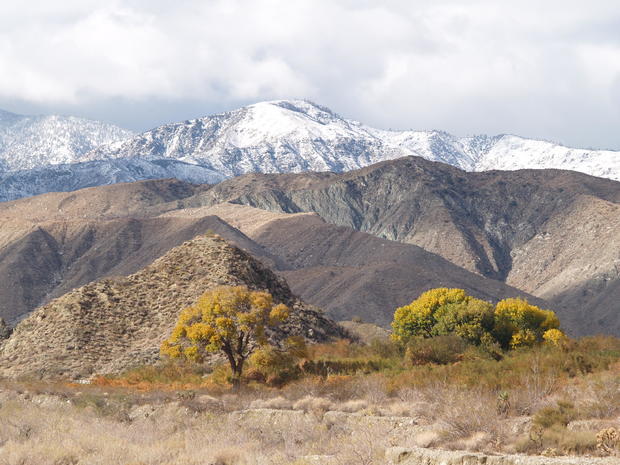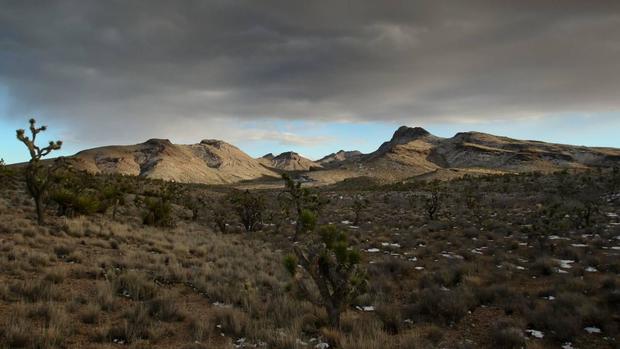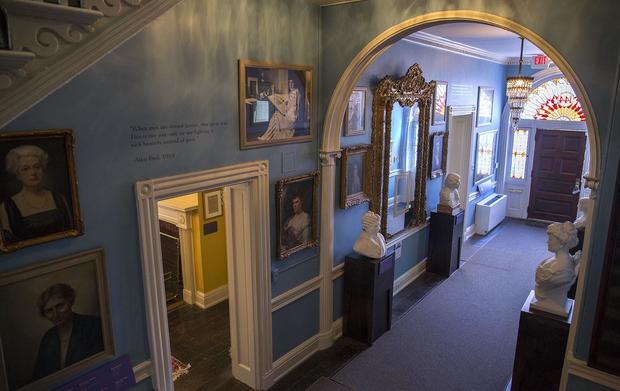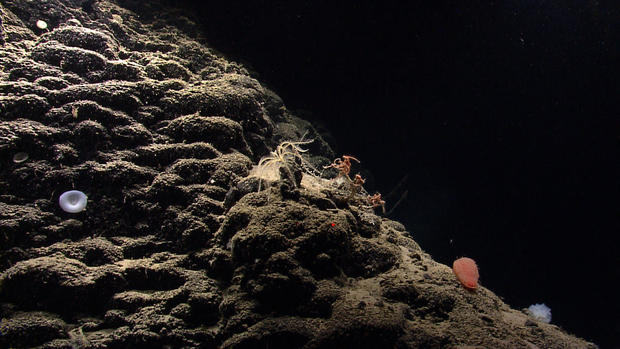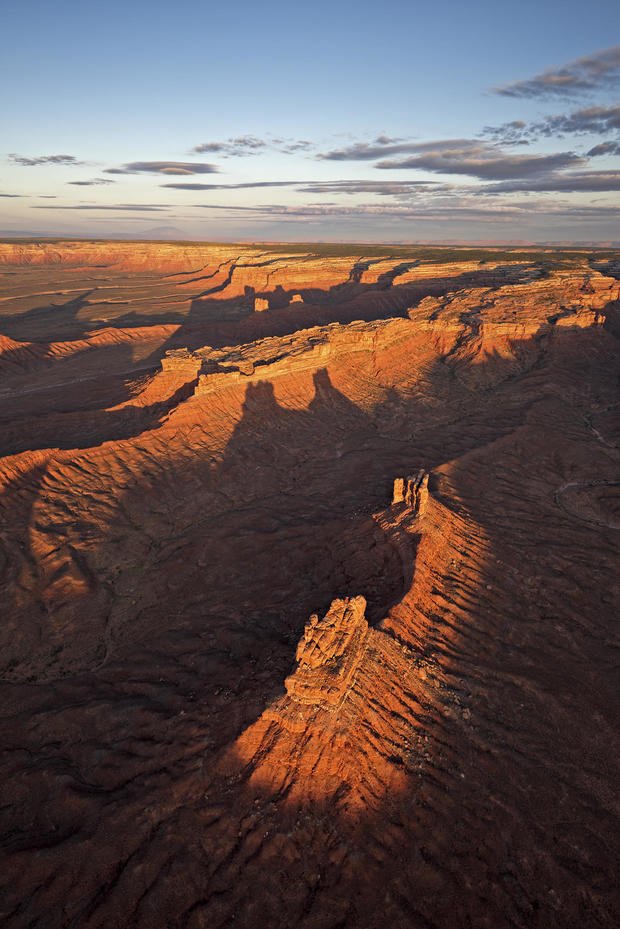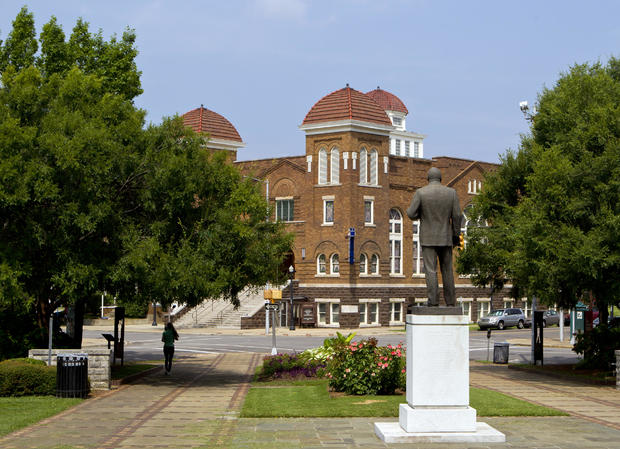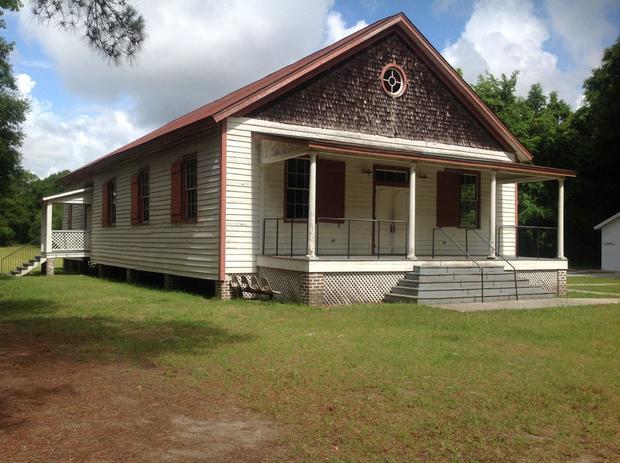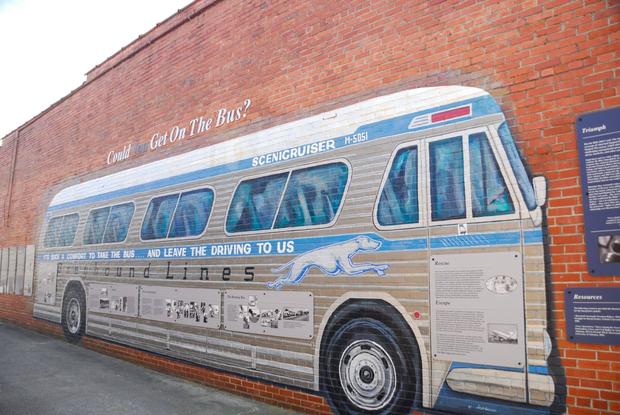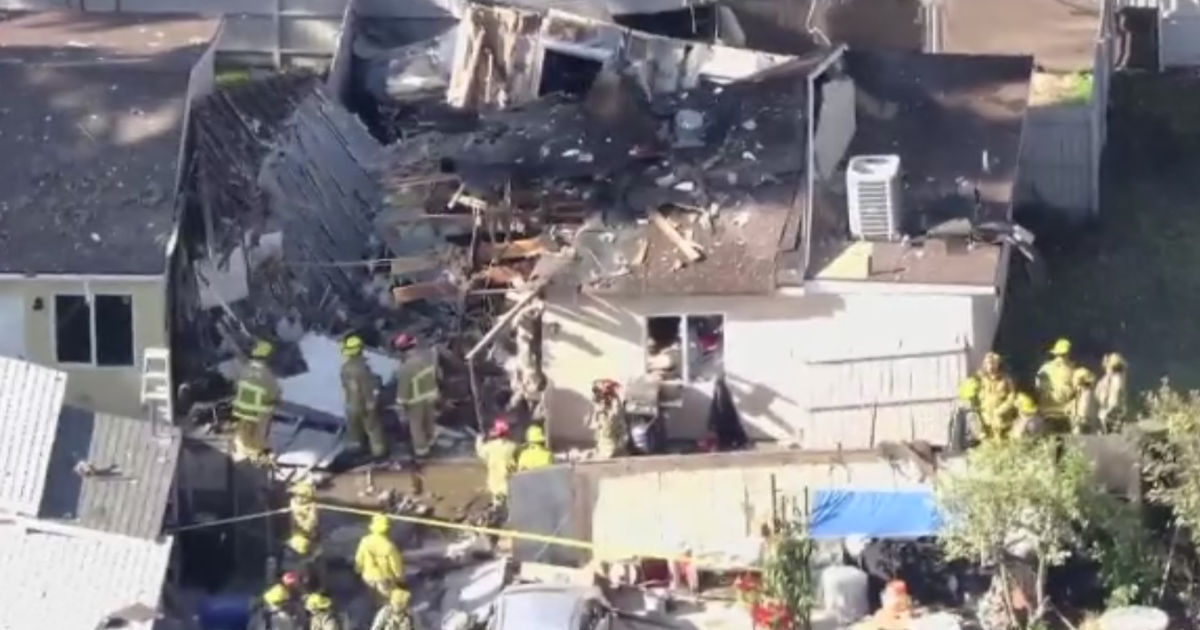29 breathtaking photos of President Obama's national monuments
President Barack Obama has declared more national monuments during his time in office than any other president. His additions include the first LGBTQ monument, the first site dedicated to women's equality, and the first marine monument in the Atlantic Ocean.
By declaring these places national monuments, they become protected federal land. As a result, some of his choices have been seen as controversial by his opponents. Click through to see the 29 monuments President Obama has created.
Fort Monroe National Monument
President Obama established the Fort Monroe National Monument in Virginia on Nov. 1, 2011 -- the first of his presidency.
Also known as “Freedom’s Fortress,” the fort was built in the aftermath of the War of 1812. It was a Union Army strong hold during the Civil War and a safe space for escaped slaves seeking freedom.
Fort Ord National Monument
California’s Fort Ord served as a training ground for soldiers during World Wars I and II, the Vietnam War, and through the 1990s. It is one of few expansive, undeveloped pieces of land left in the Monterey Bay area. There are few historic structures still standing, leaving its open landscape welcome for exploration on foot, horseback, or bike.
Chimney Rock National Monument
Chimney Rock National Monument includes 4,726 acres of the San Juan National Forest in southwest Colorado, and is deeply rooted in Native American culture and history. More than 1,000 years ago, the Ancestral Pueblo people built hundreds of structures designed to align with solstices and equinoxes -- many of which still stand today.
Cesar E. Chavez National Monument
Cesar Estrada Chavez was an American civil rights leader who fought for the farm labor movement. In 1962, he co-founded the first agricultural union, the United Farm Workers of America.
The national monument created in 2012 includes Chavez’s home and burial site, and the UFW headquarters.
San Juan Islands National Monument
More than 450 islands, pinnacles, and rocks make up the San Juan Islands in Washington state. President Obama declared them a National Monument on March 25, 2013.
Rio Grande del Norte National Monument
The Rio Grande Wild and Scenic river flows through a deep gorge known as the Rio Grade del Norte in Northern New Mexico. That gorge is home to hot springs and Native American artifacts, including collections of rock art known as petroglyphs. It lies within the area of a number of nearby tribes.
Harriet Tubman Underground Railroad National Monument
The Harriet Tubman Underground Railroad National Monument is located in Dorchester County, Maryland, where Tubman was born to enslaved parents on a plantation. She grew up and worked in the marshy area until she escaped in 1849, and went on to help operate the Underground Railroad. She returned to her homeland 13 times over the years to free others, and one of the first safe houses along the railroad was located there.
First State National Monument
Delaware’s First State National Monument is made up of seven historical sites throughout the state. Each site is significant to the settlement of Delaware, which was the first state to ratify the Constitution, and its role in the establishment of the country.
Pictured here is one of the seven locations, the John Dickinson Plantation. Dickinson, the “penman of the Revolution,” was known for his writings that helped inspire the colonies to oppose Great Britain.
Charles Young Buffalo Soldiers National Monument
“Colonel Charles Young was the highest ranking African-American commanding officer in the United States Army from 1894 until his death in 1922,” President Obama said in his proclamation establishing Young’s home and the surrounding land in Ohio a national monument.
Nearly all of Young’s career was spent with the all-black 9th and 10th Calvary regiments, or the “Buffalo Soldiers.” Born to enslaved parents in Kentucky, he overcame overt racism and inequality to become a leader in the U.S. military and early civil rights movement.
Organ Mountains-Desert Peaks National Monument
The Organ Mountains-Desert Peaks region in New Mexico was declared a national monument on May 21, 2014. The area has rock spires 9,000 feet tall, and is home to the rock where famous teenage outlaw Billy the Kid inscribed his name over 130 years ago.
“Some of the most notorious adventures of the Wild West were written in the Organ Mountains-Desert Peaks region,” President Obama said in his remarks.
San Gabriel Mountains National Monument
The San Gabriel Mountains National Monument is just an hour and half drive from Los Angeles, and the area provides drinking water for a third of its residents. Visitors can see Native American rock art and hike thousands of miles of trails.
Honouliuli National Monument
President Obama declared the site of the Honouliuli Internment Camp in Hawaii a national monument on February 14th, 2015. Japanese-Americans and immigrants were sent to the camp, and others like it throughout the U.S., after the Pearl Harbor attack during World War II.
It was also used as a prisoner of war camp, but the majority of the civilian internees were American citizens or permanent residents held on the suspicion of disloyalty. This photo shows the camp in 1945.
Pullman National Monument
The model town of Pullman, Illinois was designed by Industrialist George Mortimer Pullman as the first planned community in the U.S., meant to be a utopia for workers at his rail car factories. They were promised safety and a standard of living without social ills. Although he had good intentions, his strict control over his workers sparked one of America’s most widespread labor strikes in 1894.
President Obama named the structures left standing in the Pullman Historic District, which is now part of the city of Chicago, a national monument on February 19, 2015. Pictured here is Pullman’s Hotel Florence.
Browns Canyon National Monument
Colorado’s Browns Canyon consists of 21,586 acres of canyons, rivers and forest. Visitors can enjoy white water rafting, hiking, camping, and biking though the scenic region.
Berryessa Snow Mountain National Monument
Berryessa Snow Mountain National Monument covers hundreds of thousands of acres in California, from marshes to the mountain peaks 6,000 feet above them. It is also home to many Native American tribes, which have inhabited the region for thousands of years.
Waco Mammoth National Monument
A large bone was discovered by two fossil hunters about four-and-a-half miles north of Waco, Texas in 1978. The hunters took it to Baylor University, where it was determined to be part of a Columbian Mammoth. The university proceeded to search the discovery site, where they found the extremely well-preserved remains of a nursery herd consisting of 24 Columbian Mammoths. It is the only recorded discovery of a nursery heard in the U.S.
A dig shelter, pictured here, was constructed to protect the original excavation site where exposed bones still remain. President Obama declared it a national monument on July 10th, 2015.
Basin and Range National Monument
The Basin and Range National Monument is about two hours north of Las Vegas, Nevada. It preserves 704,000 acres of land and one of the largest concentrations of rock art in Nevada -- with some dating back 4,000 years.
Mojave Trails National Monument
This national monument in California’s Mojave Desert features sand dunes, mountains, and lava flows. The 1.6 million acres protected by the monument include World War II training camps, Native American trading routes, and the longest stretch of undeveloped land along Route 66.
Sand to Snow National Monument
The 154,000-acre Sand to Snow area of southern California contains portions of San Bernardino National Forest and Joshua Tree National Park, and frames the northeastern section of the Coachella Valley. President Obama declared it a national monument on February 11, 2016.
Castle Mountains National Monument
The Castle Mountains region is a relatively untouched habitat that features grassland and desert landscapes and Native American archaeological sites. The Mojave Trail, Sand to Snow, and Castle Mountain National Monuments were all declared in February 2016, connecting hundreds of miles of protected land in Southern California.
Belmont-Paul Women's Equality National Monument
Previously known as the Sewall-Belmont House, this monument has been home to the National Woman’s Party since 1929. It’s where Alice Paul, the party’s founder, wrote language for the 1943 Equal Rights Amendment proposal and drafted hundreds of pieces of other legislation for equal rights protections.
The house, built by a man named Robert Sewall in 1800, was burned to the ground by the British during the War of 1812. It was rebuilt and used by the Sewall family, then a Vermont senator, until the NWP bought it in 1929. The party renamed it the Alva Belmont House after its former president. It has since become known as the Sewall-Belmont house, and now the Belmont-Paul Women’s Equality National Monument.
Stonewall National Monument
The Stonewall Inn, a bar in the Greenwich Village neighborhood of Manhattan, was the site of a riot against police that went on to spark the modern-day gay rights movement. The bar and the park directly across the street have become a symbol of strength and a gathering place for LGBTQ people and their allies. It was named a national monument on June 24, 2016, less than two weeks after a mass shooting at a gay nightclub in Orlando, Florida rocked the community.
Katahdin Woods and Waters National Monument
This national monument was created in 2016 on 87,000 acres of land in Maine that was donated by Burt’s Bees co-founder Roxanne Quimby. Here, her son poses on a rock with the state’s highest peak, Mount Katahdin, in the background.
Northeast Canyons and Seamounts Marine National Monument
Three underwater canyons and four submarine mountains make up this national monument, which lies under the sea approximately 130 miles southeast of Cape Cod, Massachusetts. It is the first marine monument in the Atlantic Ocean.
Bears Ears National Monument
Hundreds of generations of native peoples have lived in the sandstone canyons, desert mesas, and meadow mountaintops of the Bears Ears National Monument in Utah. The land is deeply sacred to many Native American tribes, which is abundant with ancient ceremonial sites and historic rock art.
Gold Butte National Monument
President Obama described this region in Nevada as abundant with “chiseled red sandstone, twisting canyons, and tree-clad mountains,” when he declared it a national monument on December 28, 2016. It houses historic Native American sites and remnants from the United States’ Western mining and ranching periods.
Birmingham Civil Rights National Monument
Just days before leaving office in January, Obama signed a proclamation that designated the Birmingham Civil Rights District as a national monument in Alabama, recognizing events in 1963 when police dogs were unleashed against nonviolent protesters, the National Park Service notes. The monument covers four city blocks in downtown Birmingham, which includes the A.G. Gaston Motel where Martin Luther King Jr. stayed, the 16th Street Baptist Church that was the target of a 1963 bombing, Bethel Baptist Church, Kelly Ingram Park and 4th Avenue Historic District Sites.
Reconstruction Era National Monument
Designated on January 12, 2017, this monument is located in Beaufort County, South Carolina on St. Helena Island. It is the first monument dedicated to the reconstruction era. A number of historical sites on the island are part of the monument, including the Penn Center, pictured here, which was the first educational space for former slaves in the South.
Freedom Riders National Monument
In 1961, a group of Freedom Riders was attacked in Anniston, Alabama by white segregationists. The riders were protesting laws that required segregation in interstate travel. Images of their bus on fire shocked the American people and pressured the federal government to move towards banning segregation on traveling buses. President Obama declared it a national monument on January 12, 2017.

